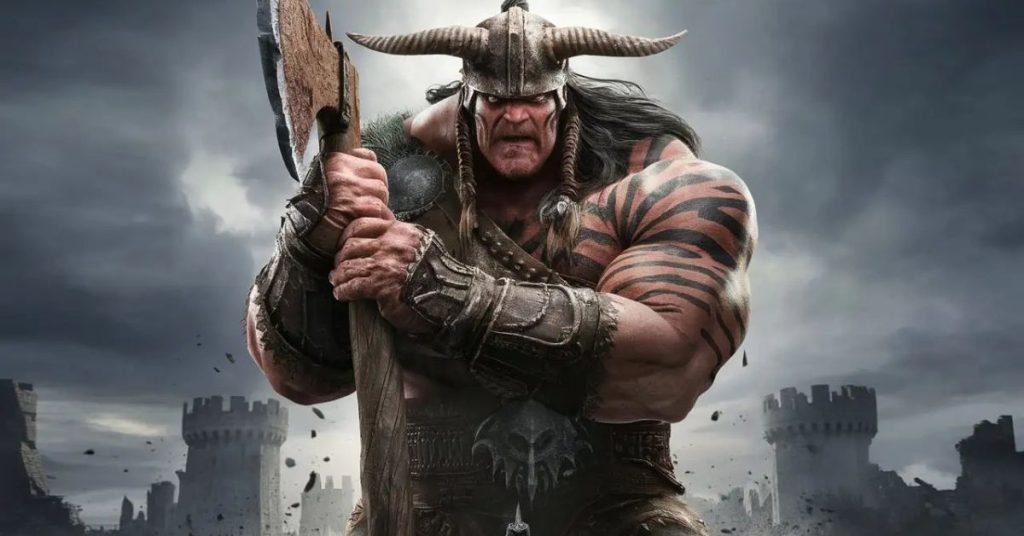A single meme can spark discussions about gender identity and body image while also challenging the ethics of internet fame . In the swirling chaos of internet culture, few phenomena have captured the public’s attention quite like “Gorlock the Destroyer.”
Let’s delve into how this digital legend emerged from a simple image to become one of the most talked-about cases in recent meme history, highlighting the cultural implications and the broader conversations it ignites.
The Birth of a Meme: Context Behind the Clip
On April 25, 2023, episode 69 of the Whatever Podcast sparked a viral moment that would soon become a meme phenomenon. The panel featured several Gen-Z women, including Ali C. Lopez, a TikToker and blogger recognized for her candid views as a transgender woman.
During the discussion, Lopez was humorously dubbed “Gorlock the Destroyer,” a label intended to mock her assertive personality and unique style.
The meme’s success lies not just in its absurdity but in its ability to encapsulate the tensions and humor of contemporary discourse. As “Gorlock the Destroyer” circulated across platforms, it resonated with users who found both amusement and validation in the exaggerated portrayal. This phenomenon illustrates how memes can serve as cultural touchstones, bridging gaps between serious conversations about identity and the lightheartedness inherent in internet culture.
A Meme Gone Wild: Edits, TikToks, and Jabba the Hutt Comparisons
After the tweet went viral, meme culture exploded, transforming a simple comment into a multifaceted phenomenon. The original post featured a humorous self-rating of a “fat f-ing 10,” which quickly resonated with internet users and became a repeated catchphrase.
This catchy phrase not only sparked countless edits but also encouraged fans to reimagine the content through their unique lenses, showcasing the power of relatability in meme creation.
As the meme evolved, Lopez’s voice was edited to sound like Jabba the Hutt, introducing an unexpected layer of humor that appealed to both Star Wars enthusiasts and casual viewers alike.
This clever manipulation of audio drew comparisons to other iconic voiceovers from movie villains, highlighting how easily pop culture references can be intertwined.
Ali C. Lopez Speaks: Reclaiming the Meme
In a bold move, Lopez doubled down on the viral meme that had captivated the internet, posting videos that addressed it head-on. By embracing the persona of Gorlock with pride, she transformed an initially mocking narrative into a powerful statement of self-acceptance.
This reclamation process not only showcased her ability to pivot from ridicule to empowerment but also echoed themes of body acceptance and queer resilience, resonating deeply with her audience.
As her social media following skyrocketed and engagement on her content soared, Lopez emerged as a figure who embodies the complexities of modern identity—part villain, part hero, all spectacle.
Trans Visibility and the Unfair Burden of Representation
The recent surge in discussions around trans visibility has sparked conversations that highlight the complex intersection of identity and representation. When a visibly trans individual shares their story or presence, it can resonate deeply within communities, particularly when they embody other marginalized identities, such as being plus-size and plus-confident.
This powerful visibility can ignite conversations and inspire others to embrace their authentic selves, but it also draws the ire of those who seek to diminish their existence. The viral nature of such moments can feel like lighting a match in a room full of gasoline, amplifying both support and hostility in equal measure.
Meme Culture: Where Satire Blurs Into Bullying
Meme culture thrives on remixing ideas, often transforming everyday moments into viral sensations. One striking example is “Gorlock the Destroyer,” a character that sounds like it could belong to the Star Wars universe but instead serves as an absurdist commentary on internet absurdity.

This phenomenon illustrates how humor can be multifaceted, oscillating between playful satire and something more sinister. While these memes can evoke laughter and foster community, they also have the potential to cross the line into cyberbullying, especially when targets are individuals or groups rather than abstract concepts.
As recurring digital jokes circulate, they often lose their original intent, evolving into tools for ridicule that can harm real people. What starts as lighthearted fun can quickly devolve into a toxic environment where relentless mockery becomes the norm.
Enter the Influencer Economy: Monetizing the Meme
Lopez reaction wasn’t just defiant—it was savvy, exemplifying how influencers can turn controversy into capital. In the rapidly evolving influencer economy, internet personalities like Adin Ross and Sneako have mastered the art of monetizing not just their content but also their reactions to trending events.
Their ability to navigate social media dynamics allows them to leverage pivotal moments, transforming fleeting memes into sustainable revenue streams through live streams, sponsorships, and giveaways.
This shift highlights a broader trend where meme culture intersects with personal branding. Social media accounts now reflect an influencer status that transcends traditional celebrity, as audiences crave authenticity and relatability over polished perfection.
Internet Fame: The Double-Edged Sword
Fame on the internet is fickle, often appearing like a mirage that can vanish as quickly as it materializes. The landscape of viral notoriety is marked by sheer randomness; one moment, you could be a beloved figure, and the next, you might find yourself the target of public scrutiny or ridicule.
This unpredictable nature means that many who achieve online fame may struggle to maintain their relevance, leading to a constant pressure to create engaging content that keeps audiences captivated.
The darker side of this fame cannot be ignored. With heightened visibility often comes
threats, harassment, and invasive scrutiny from both fans and detractors alike. Many influencers and content creators report feeling overwhelmed by the relentless attention, which can lead to anxiety and even depression.
Beyond Gorlock: The Bigger Conversation
The recent phenomenon surrounding Gorlock is a mere fragment of a larger discourse that touches on critical issues like internet ethics and cancel culture. As the meme circulated, it sparked conversations that extend far beyond its humorous facade, prompting reflections on the ramifications of digital interactions in shaping societal norms.
Trans visibility and the body positivity movement are two vital threads woven into this conversation, challenging the traditional narratives often perpetuated by internet culture. These movements advocate for representation and acceptance, encouraging individuals to embrace their identities without fear of backlash.
Digital sociology offers valuable frameworks to analyze how such dynamics unfold online, revealing the complexities behind our collective reactions and reinforcing the need for a more thoughtful engagement with the content we consume and share.
Conclusion
Gorlock the Destroyer Meme has transcended its origins as a mere internet meme, evolving into a cultural phenomenon that resonates with diverse communities. This transformation highlights the power of digital platforms in shaping narratives and fostering connections among individuals who share a common interest.
The widespread embrace of Gorlock reflects a collective desire for humor and creativity, demonstrating how memes can serve as catalysts for broader movements. As we continue to navigate the complexities of online culture, it is essential to recognize the potential of such figures to inspire solidarity and action.












